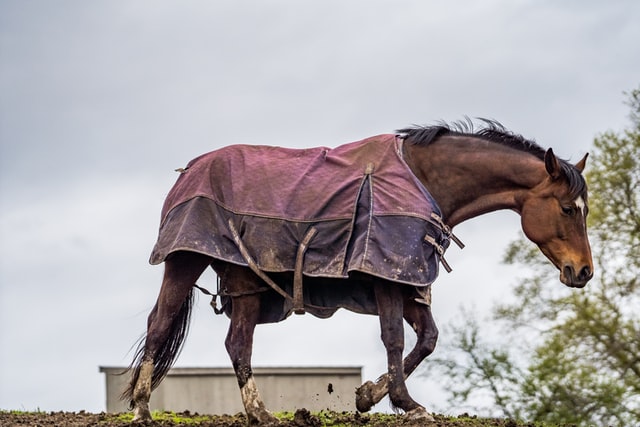When considering the acquisition of a horse, one inevitably ponders the question: how much does a horse cost? The answer can vary widely based on numerous factors. Breed, age, training, pedigree, and intended use all play pivotal roles in determining the cost of a horse. High-quality breeds with impressive pedigrees and advanced training can command steep prices, often reaching into the thousands or even tens of thousands of dollars. On the other hand, less specialized breeds or younger, untrained horses might be more affordable. It’s important to remember that the initial cost of a horse is just one aspect of the financial commitment. Ongoing expenses such as boarding, feed, veterinary care, and training must also be factored in. Whether someone is an experienced equestrian looking for a competitive show horse or a novice rider seeking a companion, understanding the diverse factors influencing the cost of a horse is crucial in making an informed decision that aligns with both budget and expectations.
Keeping your horse comfortable all year round will depend on dressing them in the most appropriate rugs for the weather conditions. There are so many types of horse rugs available, each with various styles and features to choose from, so knowing where to start can feel confusing. The lifestyle of your horse will be a contributing factor to the best type of rug to wear but on a more general basis, we explain the best types of rug for the different seasons so you can ensure your horse stays warm, dry and comfortable whatever the weather.
Horse Rugs For The Warmer Months
During the summer months, fly sheets for horses are a staple for many horse owners. Flies, mosquitos and other biting insects can not only cause irritation to your horse, but they risk the chance of diseases being transmitted. A fly rug is designed using fabrics and patterns that deter flies from coming near your horse, keeping them comfortable and preventing biting so you do not have to worry about uncomfortable bites or nasty diseases.
Turnout rugs are another popular choice for the milder weather as their lightweight properties allow the skin to breathe. When your horse spends a lot of time out in the field during the spring, summer and autumn days, their coat is exposed to dust and debris so a turnout rug helps to maintain a clean and tidy coat. It also tends to have waterproof properties so keeps your horse protected from any sudden downpours and saves you from having to rush outdoors to take them in or add a waterproof rug.
In particularly warm weather or following intense exercise, a cooler rug is worth having on hand. The soft lining and wicking properties are great for regulating the body’s temperature to prevent overheating and help your horse stay cool during hot conditions. Many horse owners choose to use their cooler rugs following bathing as they can be used both in the stable and outdoors to keep dirt at bay and maintain a clean and tidy coat.
Preparing For The Colder Weather
When the weather gets colder, keeping your horse warm and comfortable is important. A fleece rug is a versatile addition to any horse owner’s collection, providing a toasty additional layer which can be used either on its own or underneath existing rugs. Whether your horse is in the stable or travelling, a fleece rug can be worn in different settings so you don’t have to worry about having various different options which need swapping and changing. Moreover, if you train your horse during wintertime, which is a great decision, use the right gear for them. Especially with saddle pads, you must be extra careful. You can go for saddles that are comfortable for cold weather, such as gel pads for horses, which you can find here. Gel saddle pads can improve comfort, protect against injuries, enhance saddle fit, and promote overall horse health and well-being. In addition, they are typically durable and long lasting, making them a good investment for horse owners.
For horses who have an active lifestyle, ensuring their body doesn’t cool down too quickly in the cold weather conditions will prevent injury to the muscles. An exercise rug can be put on before riding or exercise to keep your horse warm and dry during physical activity whilst preventing overheating by allowing the skin to breathe. Once finished, their body needs to cool down gradually to regulate their bodily temperature safely.
*collaborative post

































